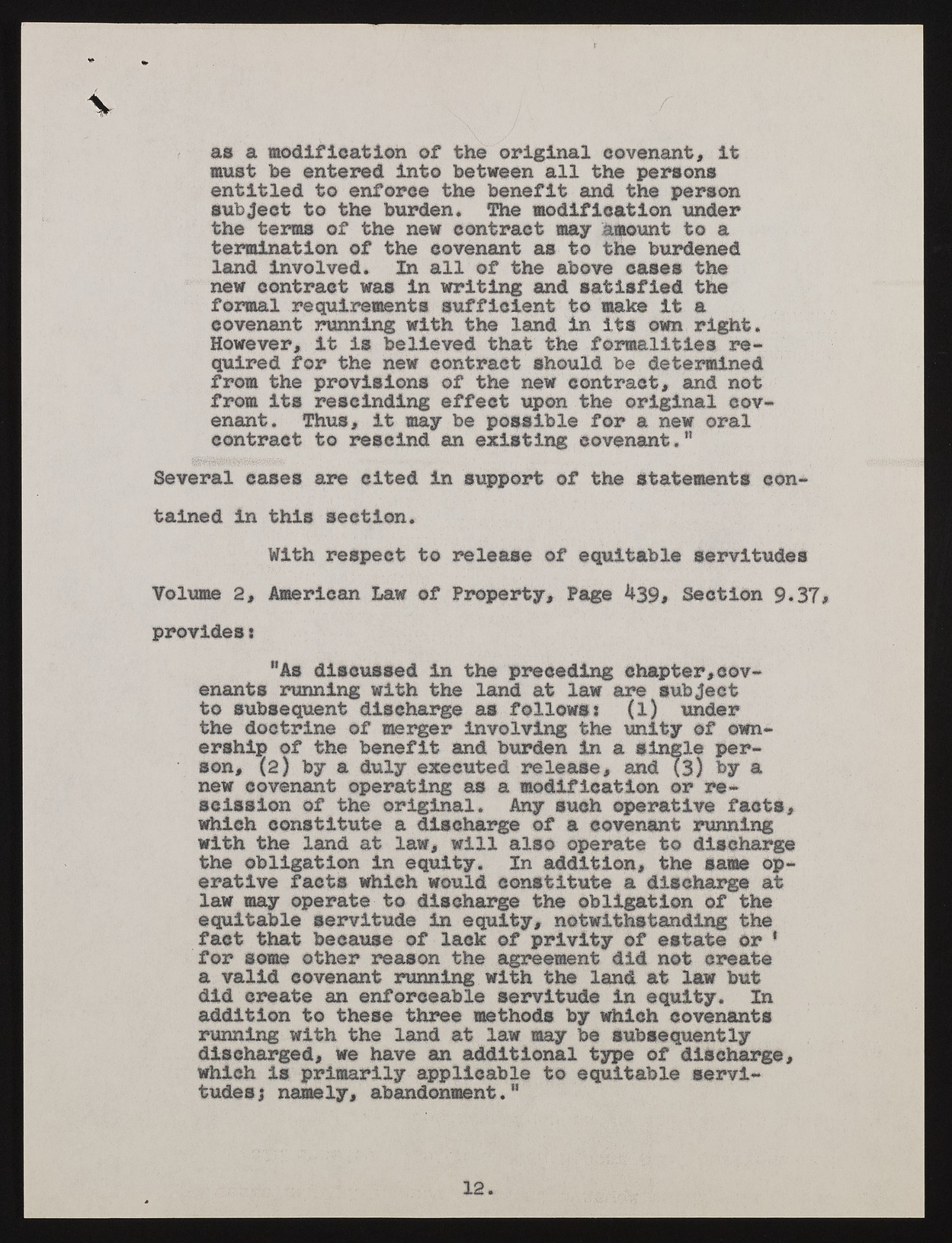Copyright & Fair-use Agreement
UNLV Special Collections provides copies of materials to facilitate private study, scholarship, or research. Material not in the public domain may be used according to fair use of copyrighted materials as defined by copyright law. Please cite us.
Please note that UNLV may not own the copyright to these materials and cannot provide permission to publish or distribute materials when UNLV is not the copyright holder. The user is solely responsible for determining the copyright status of materials and obtaining permission to use material from the copyright holder and for determining whether any permissions relating to any other rights are necessary for the intended use, and for obtaining all required permissions beyond that allowed by fair use.
Read more about our reproduction and use policy.
I agree.Information
Digital ID
Permalink
Details
More Info
Rights
Digital Provenance
Publisher
Transcription
V V // :V. 9gg| as a modification of the original covenant, it must he entered into between all the persons entitled to enforce the benefit and the person subject to the burden* The modification under the terms of the new contract may amount to a termination of the covenant as to the burdened land involved* In all of the above eases the new contract was in writing and satisfied the formal requirements sufficient to make it a covenant running with the land in its own right. However, it is believed that the formalities required for the new contract should be determined from the provisions of the new contract, and not from its rescinding effect upon the original covenant. Thus, it may be possible for a new oral contract to rescind an existing covenant." Several cases are cited in support of the statements contained In this section. With respect to release ©f equitable servitudes Volume 2, American Law of Property, Page 439, Section 9*37# provides * "As discussed in the preceding chapter,covenants running with the land at law are subject to subsequent discharge as follow#: (l) under the doctrine of merger involving the unity of ownership of the benefit and burden in a single person, (2) by a duly executed release, and (3) by a new covenant operating as a modification or rescission of the original. Any such operative facts, which constitute a discharge of a covenant running with the land at law, will also operate to discharge the obligation in equity. In addition, the same operative facts which would constitute a discharge at law may operate to discharge the obligation of the equitable servitude in equity, notwithstanding the fact that because of lack of privity of estate or 1 for some other reason the agreement did not create a valid covenant running with the land at law but did create an enforceable servitude in equity. In addition to these three methods by which covenants running with the land at law may be subsequently discharged, we have an additional type of discharge, which is primarily applicable to equitable servitudes } namely, abandonment." 12.

